Rope has been used by men since prehistoric times. There is fossil evidence of manmade ropes going as far back as ancient Egypt. Flexible, weatherproof and strong material, it is of paramount importance in fields as diverse as construction, seafaring, exploration, sports, and theatre. For furniture design, the possibilities of ropes are equally endless. Designers weave, wrap, braid or knot, creating bespoke chairs of highly contrasting looks, all from one type of material.
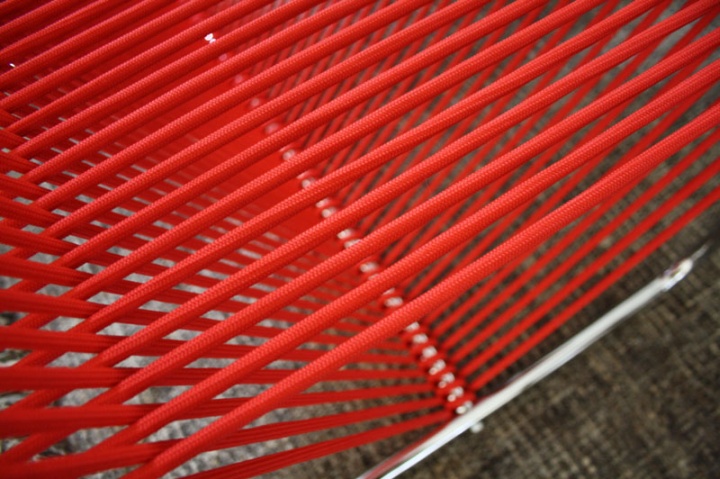

The Filo chair by Ronan & Erwan Bouroullec for Mattiazzi
One of the latest works by the French design duo Ronan and Erwan Bouroullec – Filo chair developed for Italian furniture manufacturer Mattiazzi – comprises a beechwood frame with a graphical sensibility. Aiming to create a structure that maximised strength and minimised wood wastage, the team wrapped a wooden frame in fabric cord, which gives a soft and personal form to the chair.
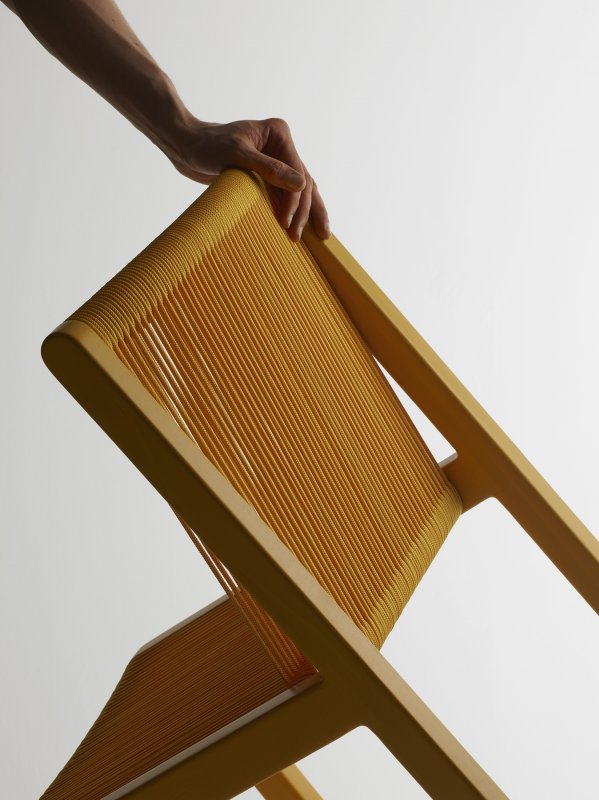


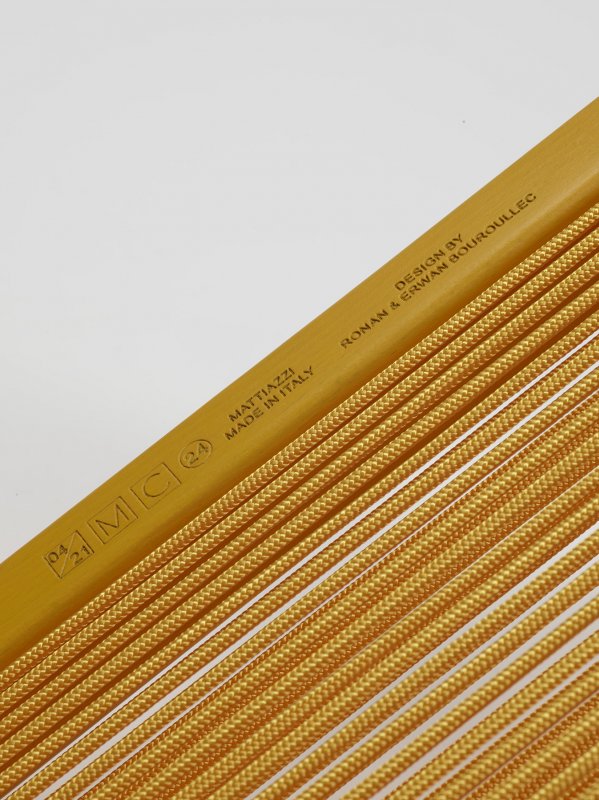
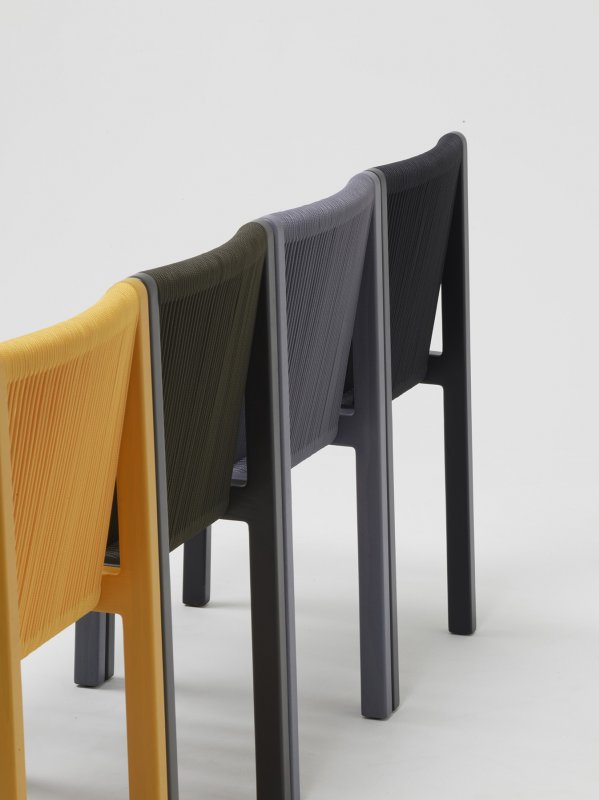
The Filo chair by Ronan & Erwan Bouroullec for Mattiazzi
When seen from the side, the chair appears as an almost typographic letter, while the repeating lines of rope extends this graphical presence. Filo works well in multiples and particularly around a rectangular table, where it creates an appealing geometry, its graphic shape distorting subtly as the body sits down.
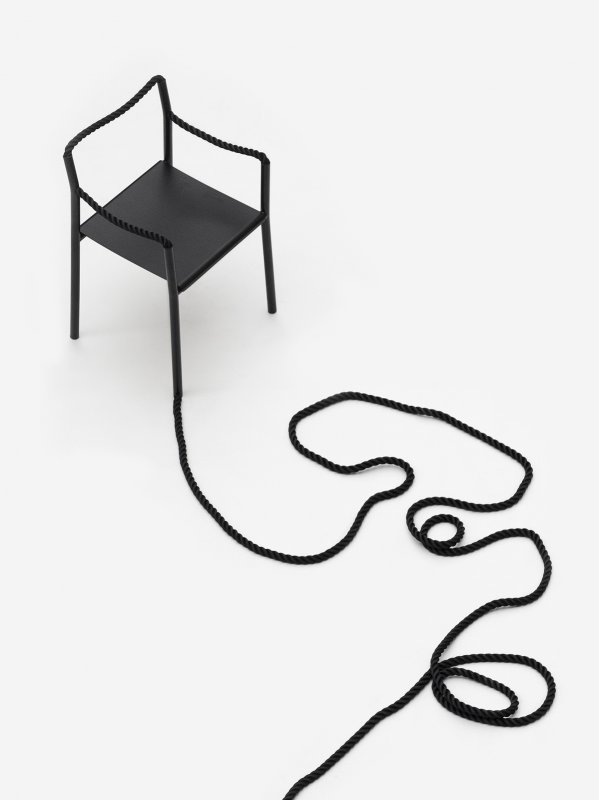
The Rope Chair by Ronan & Erwan Bouroullec for Artek
The designer brothers have worked with rope before. Their Rope Chair made for Finnish furniture brand Artek back in 2020 has a metal frame interlaced with a single length of marine rope that forms its back and armrests.



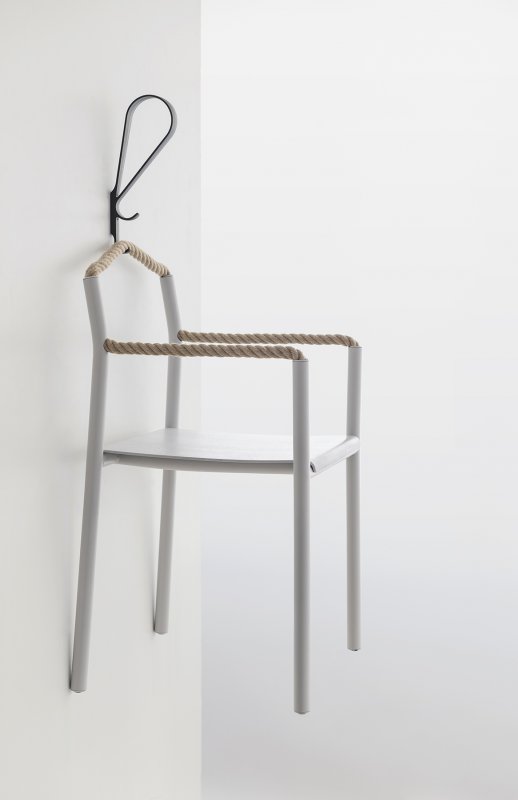
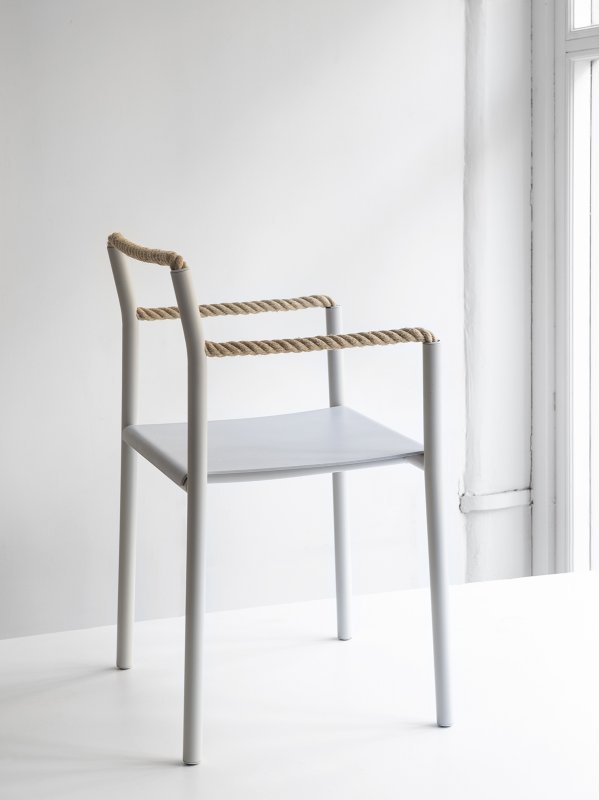
The Rope Chair by Ronan & Erwan Bouroullec for Artek
Described by the designers as “a line drawing translated into three dimensions”, the chair consists of four separate tubes that serve as its four legs. These are joined together by weaving the rope from the front leg to the top of the first back leg and over to the second one, before circling back around to the other front leg.
The rope, originally made for marine use, is a weight-bearing part of the construction that allows the piece to adapt to those who use it. Where other chairs dictate a specific way of sitting, the Rope Chair invites creativity in posture, encouraging changes in position: the user can sit up straight, slouch, curl up, throw a leg up the armrest. When the sitter stands up, the chair’s frame bears the traces of the body it last supported, the imprint of a user who co-defines its shape.
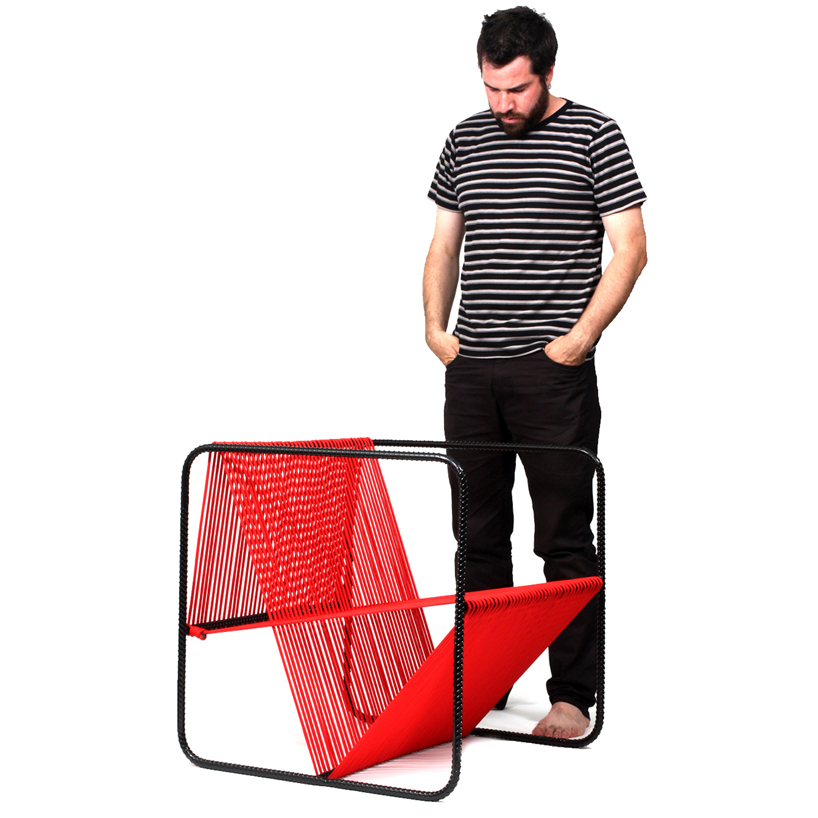
M100 chair by Matias Ruiz Malbran (also header image)
The graphic M100 chair developed by Chilean architect and designer Matias Ruiz Malbran has also been made using just two materials – 90 meters of twisted polypropylene cord, available in three colour options, and 10 meters ribbed steel bar.
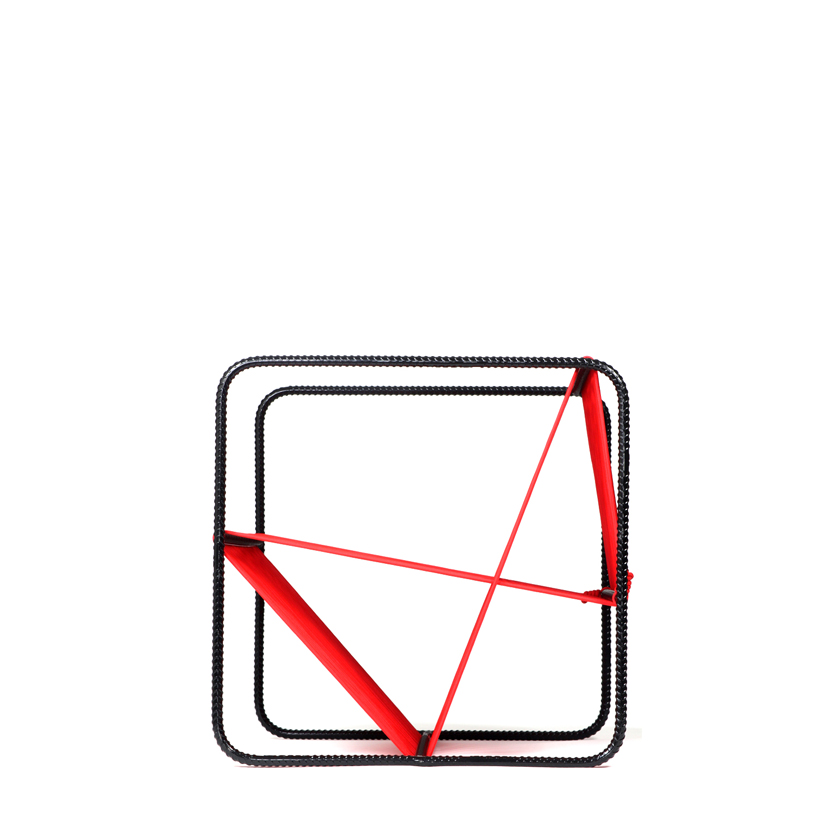
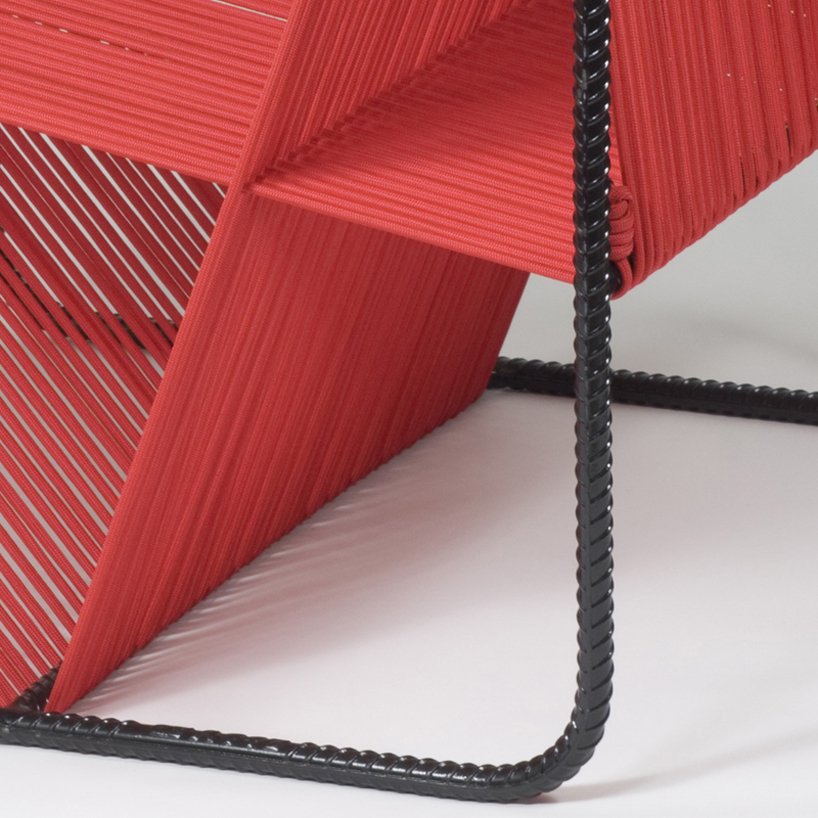
M100 chair by Matias Ruiz Malbran
Each element of the piece has its specific function, creating a welcoming and attractive combination – the metal frame forms the primary structure and supports the rope, which is in charge of building perfect ergonomics for the user.
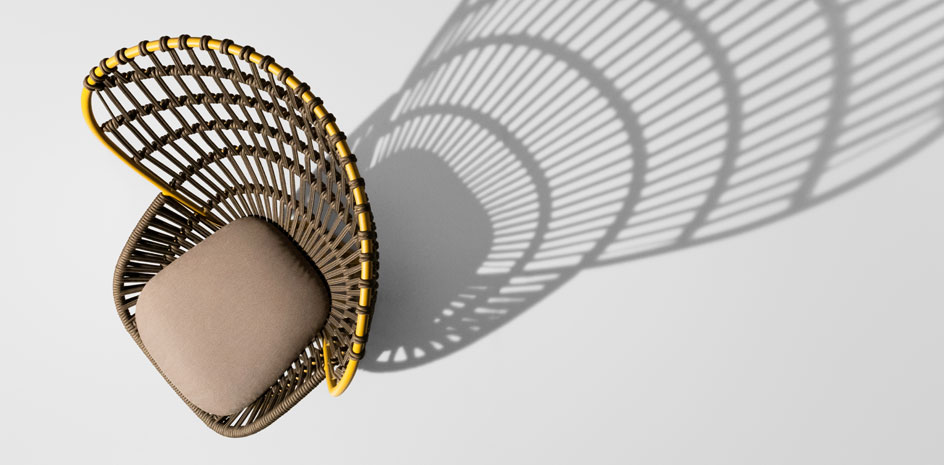
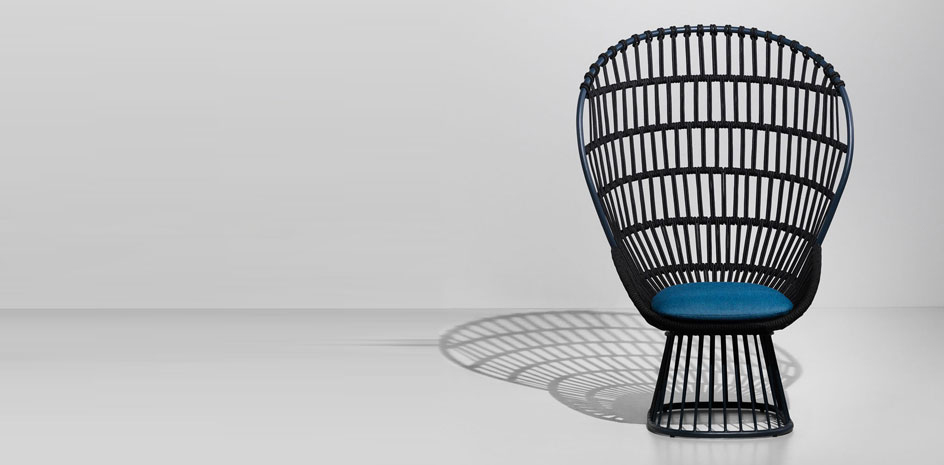
Cala Armchair by Doshi Levien for Kettal
Cala Armchair is the result of collaboration between Spanish furniture brand Kettal and London-based design studio Doshi Levien.
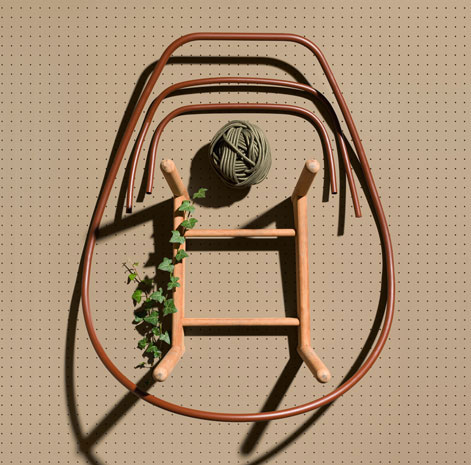
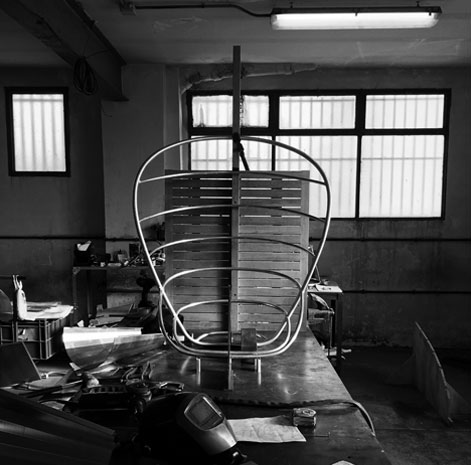
Cala Armchair by Doshi Levien for Kettal
Inspired by the iconic Emmanuelle from the 1970s, the chair features a frame made using coated aluminium and the open weave of knitted rope that provides a latticed window for visual privacy while maintaining a connection to the natural elements.
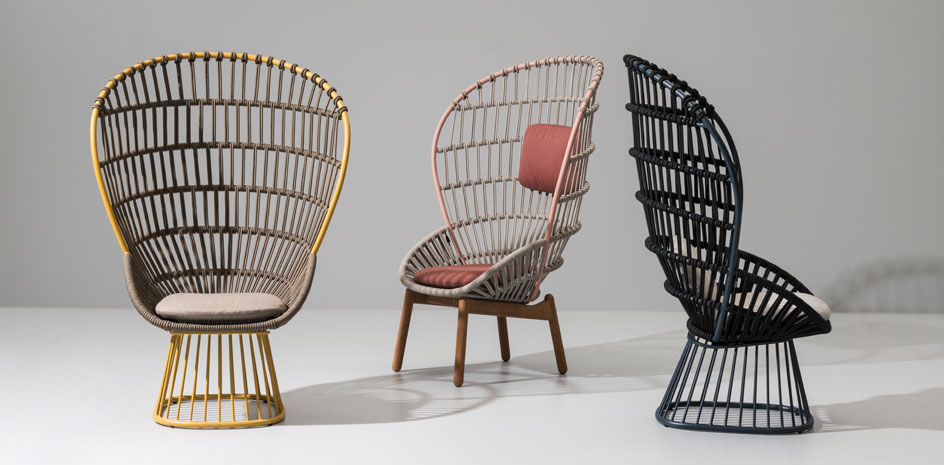
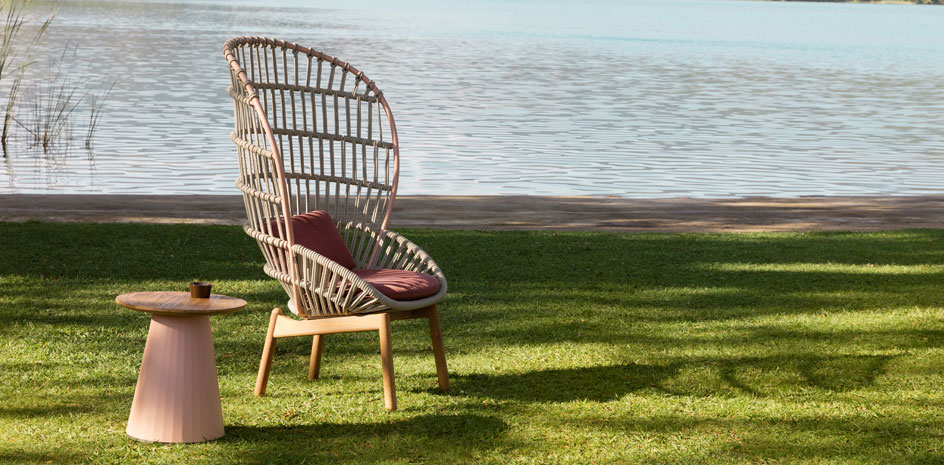
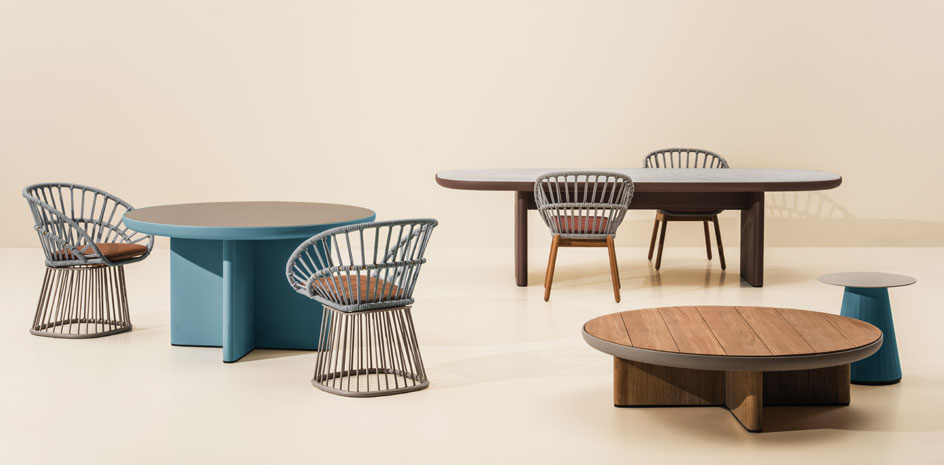
Cala Armchair by Doshi Levien for Kettal
The choice of materials makes the design suitable for both indoor and outdoor uses, while the wide selection of metal coatings, rope colours and cushion fabrics offer many possibilities for tailoring the identity of the collection to suit different projects.